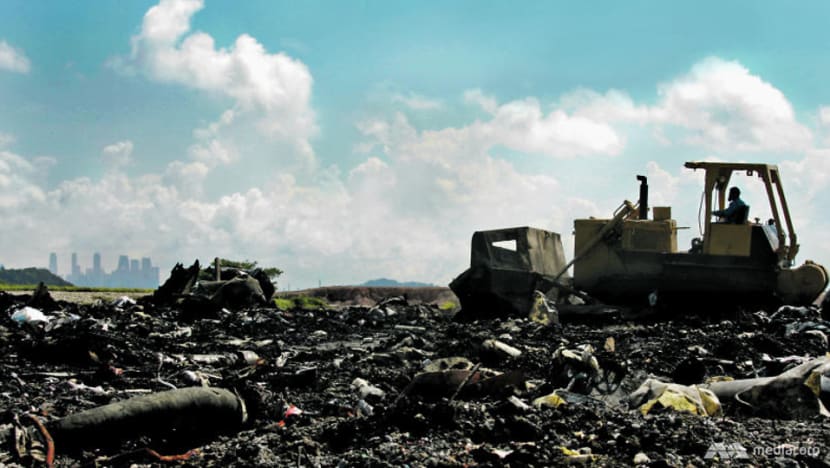
Theme parks such as Disneyland or Universal Studios are extremely popular destinations that attract millions of people annually. These entertainment destinations are also unfortunately sites of environmental pollution, where their operations require a large amount of energy that releases carbon emissions into the air. Furthermore, the carbon emissions released by tourists who visit these theme parks are not minute. For example, it was estimated that 10 million tonnes of carbon emissions are released annually solely by tourists travelling from Europe to Disneyland in Florida, which is equivalent to the annual emissions of the 83 million people living in Ethiopia (Pearce, 2009). This comparison illustrates the colossal amount of pollution released just for tourists to travel to their destination, not considering the energy required to run the theme park itself, which brings into question – how sustainable are theme parks?
Upon evaluation, I have considered the fact that Disneyland may not be the sole factor for individuals to travel to Florida, and thus it cannot be seen as the direct cause and effect for the large amounts of carbon emission. However, it should still be acknowledged that Disneyland is in fact a popular tourist destination, one which has heavy influence on tourist activities. Furthermore, Disneyland has also eliminated the use of single-use plastics across the globe, which amounts to a reduction of around 175 million straws and 13 million stirrers annually (Penning, 2018). This illustrates the steps taken by theme park operators to further reduce environmental pollution through reducing the consumption of plastic waste. From this perspective, we can observe how corporations like Disney are making efforts in reducing waste produced.
One question that still remains unanswered would be – are these initiatives enough to combat climate change?
References
Pearce, F. (2009) ‘Greenwash: Disney’s green intentions are pure fantasy’, The Guardian, 19 March.
Penning, M. (2019) ‘Disney Expands Environmental Commitment By Reducing Plastic Waste’, Disney Parks . Available at: https://disneyparks.disney.go.com/blog/2018/07/disney-expands-environmental-commitment-by-reducing-plastic-waste/ (accessed January 2022).





